Power Control
AC-Circuits > Power Control
A Triac is a Semiconductor device, Figure 1. It is often used in Power Control applications. Figure 2 shows a Power Control Circuit with a Triac is connected in series with the Load (Light Bulb) and the AC Power Supply. The Power Control Circuit controls the Switch On period of the whole circuit. During the Switch On period, the Power Control Circuit acts like a Short Circuit and conducts Current, otherwise, it acts like an Open Circuit, Figure 3.
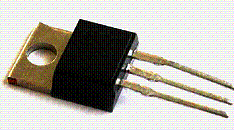
Figure 1: Triac
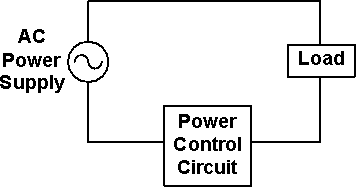
Figure 2: Basic Triac Power Control Circuit
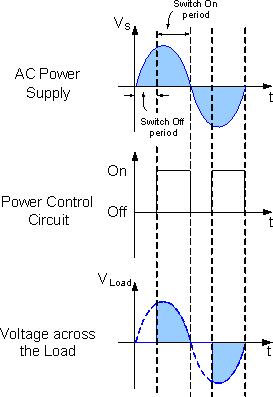
Figure 3: Illustration of the Power Control Process
When the Power Control Circuit conducts during the whole cycle, the largest Power is delivered to the Light Bulb and the brightness of the Light Bulb is the strongest.
When the Power Control Circuit conducts only a portion of time in each half cycle, the amount of the Power delivered to the Load is reduced. For a longer Switch On period, the Power delivered to the Load is larger and the Light Bulb is brighter, Figure 4. For a shorter Switch On period, the Power delivered to the Load is smaller and the Light Bulb becomes dimmer, Figure 5.
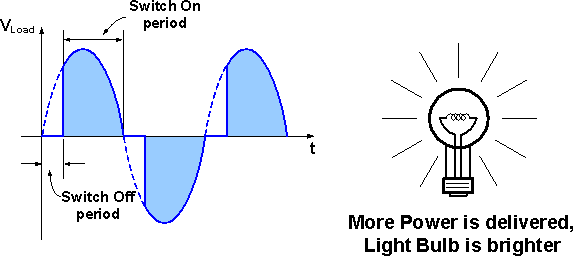
Figure 4: When the Power Control Circuit conducts for a longer Switch On period, more Power is delivered and the Light Bulb is brighter
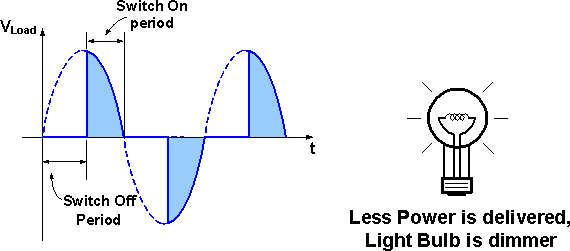
Figure 5: When the Power Control Circuit conducts for a shorter Switch On period, less Power is delivered and the Light Bulb is dimmer
Lamp dimmers, motor speed controls, ignition system, and charging circuits are examples of using Power Control in our daily life.
AC-Circuits > Power Control
